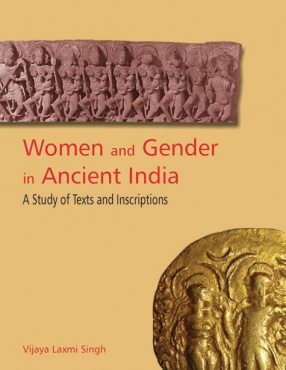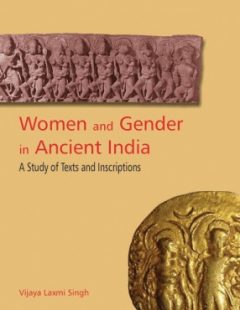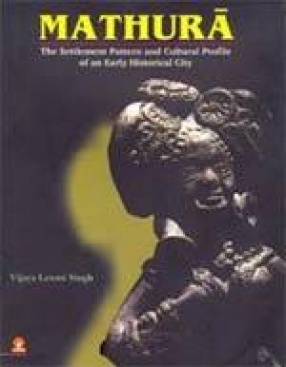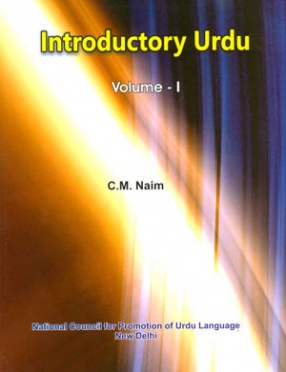Subordination of women is a common feature of almost all stages of history and is prevalent everywhere in the world. However, the extent and form of that subordination has been conditioned by the social and cultural environment in which women have been placed. To understand the position of women in early northern India, this study has been charted in a fashion that includes historiographical trends and perspectives, explores women’s spaces through the Buddhist literature, viz. the Therigatha and the Jataka; Sanskrit literature like the Ramayana and Devi Mahatmya (Markandeya Purana), Kalhana’s Rajatarangini and also epigraphic materials. Given the diverse and culturally pluralistic environment of India, different interpretations are applied to the images of women.
Looking at women through multiple lenses, multiple voices and sources brought to bear on a particular argument, drawing out alternative position, sometimes subtle, at other times unpopular, is more than just an academic exercise, it has political implications as well. This study is relevant and consequential for contemporary Indian women who are exploring gender justice, which is a significant concern of the day.









There are no reviews yet.